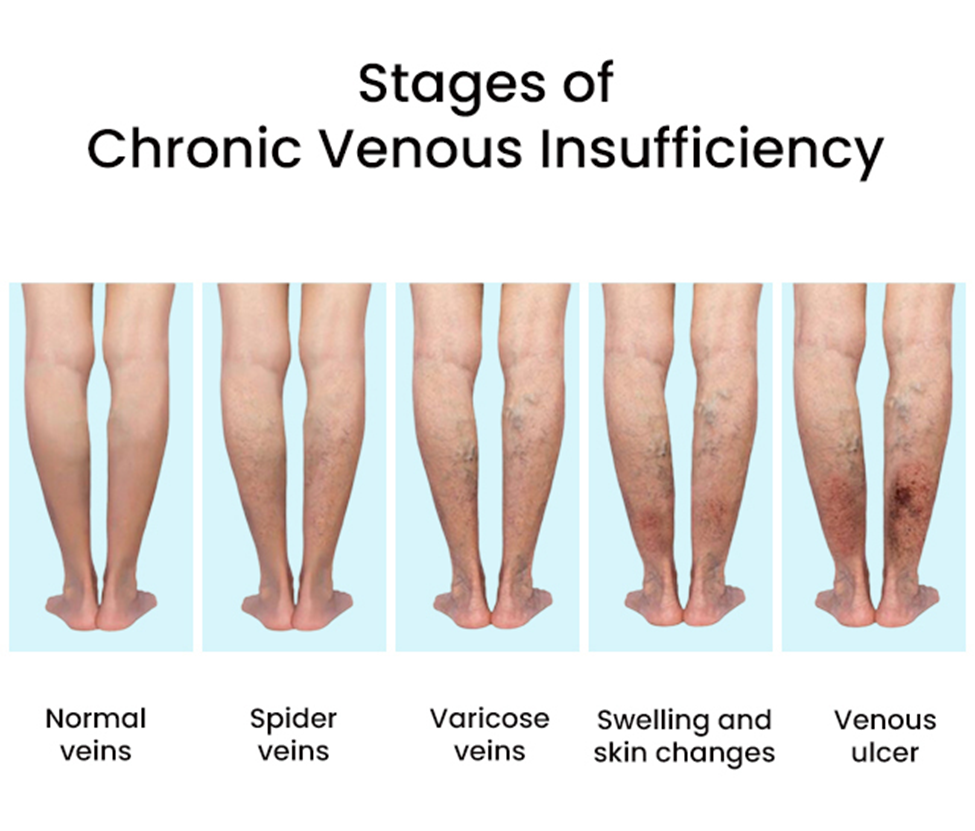A community health nurse teaches a group of seniors at an assisted living facility about modifiable risk factors that contribute to the development of peripheral arterial disease (PAD). The nurse knows that the teaching was effective based on which of the following statements?
“I will need to stop smoking because the nicotine causes less blood to flow to my hands and feet.”
“The older I get the higher my risk for peripheral arterial disease gets.”
“Since my family is from Italy, I have a higher risk of developing peripheral arterial disease.”
“I will need to increase the amount of green leafy vegetables I eat to lower my cholesterol levels.”
The Correct Answer is A
A. “I will need to stop smoking because the nicotine causes less blood to flow to my hands and feet.”
Explanation: This statement reflects an understanding of the association between smoking and reduced blood flow, particularly due to nicotine's vasoconstrictive effects.
B. “The older I get the higher my risk for peripheral arterial disease gets.”
Explanation: While age is a non-modifiable risk factor for PAD, it is not a statement indicating a change in behavior to address risk factors. It is correct information but doesn't involve a proactive approach to risk reduction.
C. “Since my family is from Italy, I have a higher risk of developing peripheral arterial disease.”
Explanation: Family history is a non-modifiable risk factor, and the statement correctly identifies this risk factor. However, it doesn't address modifiable factors or actions to reduce risk.
D. “I will need to increase the amount of green leafy vegetables I eat to lower my cholesterol levels.”
Explanation: This statement demonstrates an understanding of a dietary modification to lower cholesterol levels, which is a positive step toward reducing a modifiable risk factor for PAD.
Nursing Test Bank
Naxlex Comprehensive Predictor Exams
Related Questions
Correct Answer is B
Explanation
A. Intermittent claudication:
Intermittent claudication is more commonly associated with peripheral arterial insufficiency rather than venous insufficiency. It is caused by inadequate blood flow to the muscles during activity, resulting in cramping or pain that typically resolves with rest.
B. Brownish discoloration to the legs:
Brownish discoloration to the legs, often referred to as hemosiderin staining, is a common finding in peripheral venous insufficiency. It occurs due to the breakdown of red blood cells and the deposition of hemosiderin in the tissues, especially around the ankles.
C. Weak or absent pedal pulses:
Weak or absent pedal pulses are more indicative of peripheral arterial insufficiency rather than venous insufficiency. Peripheral arterial disease can result in decreased blood flow to the extremities, leading to diminished pulses.
D. Unequal peripheral pulses between extremities:
Unequal peripheral pulses between extremities are also more suggestive of arterial insufficiency. Conditions such as atherosclerosis or arterial embolism can cause variations in pulses between different limbs.

Correct Answer is B
Explanation
A. The development of chronic obstructive pulmonary disease (COPD)
Explanation: The signs and symptoms described, including crackles, orthopnea, S3 heart sound, cough with pink, frothy sputum, and low pulse oximetry, are more indicative of heart failure than COPD.
B. The development of left-sided heart failure
Explanation: This is the correct answer. The signs and symptoms, such as crackles, orthopnea, and cough with pink, frothy sputum, are characteristic of left-sided heart failure. The S3 heart sound is often associated with increased ventricular filling pressures.
C. The development of right-sided heart failure
Explanation: The presented signs and symptoms are more consistent with left-sided heart failure. Right-sided heart failure is often associated with peripheral edema, hepatomegaly, and jugular venous distension.
D. The development of cor pulmonale
Explanation: Cor pulmonale is typically associated with right-sided heart failure due to chronic lung disease. The signs and symptoms described are more indicative of left-sided heart failure.
Whether you are a student looking to ace your exams or a practicing nurse seeking to enhance your expertise , our nursing education contents will empower you with the confidence and competence to make a difference in the lives of patients and become a respected leader in the healthcare field.
Visit Naxlex, invest in your future and unlock endless possibilities with our unparalleled nursing education contents today
Report Wrong Answer on the Current Question
Do you disagree with the answer? If yes, what is your expected answer? Explain.
Kindly be descriptive with the issue you are facing.
